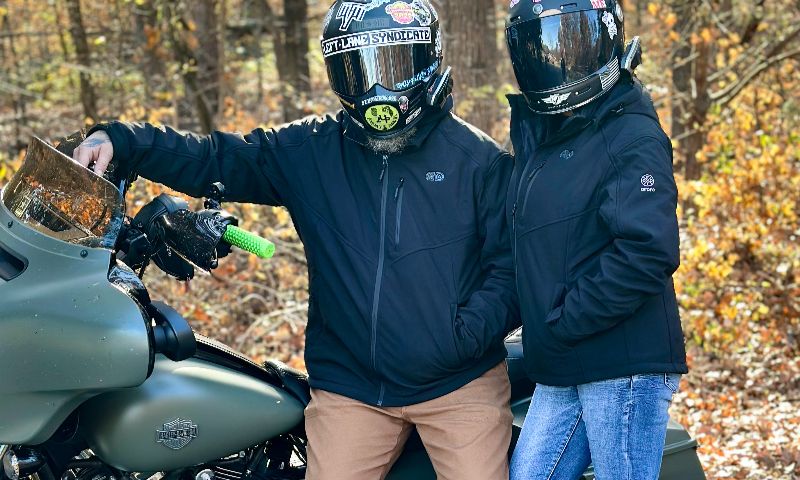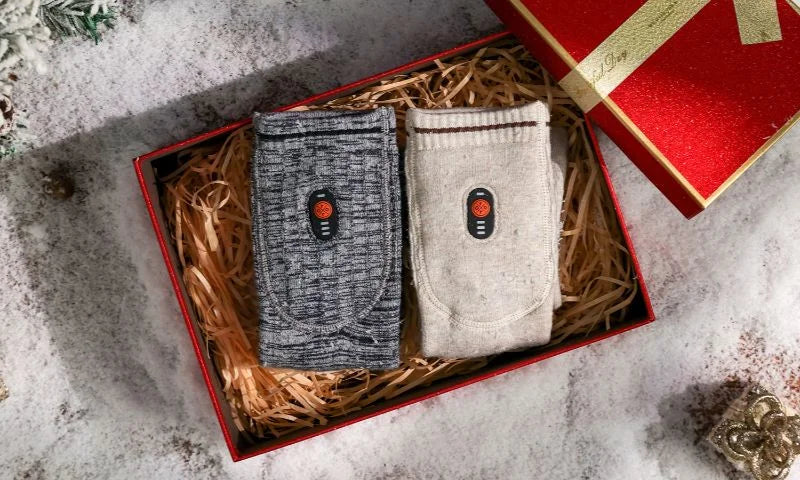PrimaLoft vs. Down: A Comprehensive Comparison for Outdoor Insulation
When it comes to choosing the perfect insulation for outdoor gear and apparel, two popular options often come to mind: PrimaLoft and Down. Both insulations have their own set of unique characteristics, benefits, and drawbacks. In this article, we will delve into the qualities of PrimaLoft and Down, comparing them side by side to determine which insulation reigns supreme. Whether you're an outdoor enthusiast, a hiker, or a winter sports aficionado, this comprehensive analysis will help you make an informed decision about which insulation is better suited for your needs.

PrimaLoft: A High-Performance Synthetic Insulation
PrimaLoft is a high-performance synthetic insulation designed to mimic the warmth and lightweight properties of down. Created in the 1980s, PrimaLoft was initially developed for the United States Army as a synthetic alternative to down, providing warmth even in wet conditions. Since then, it has gained popularity in the outdoor industry due to its exceptional insulating capabilities and moisture resistance.
One of the key advantages of PrimaLoft is its ability to retain warmth even when wet. Unlike down, which loses its insulation properties when damp, PrimaLoft continues to provide reliable warmth in wet and humid conditions. This makes it an ideal choice for activities where exposure to moisture is expected, such as rainy climates or water sports.
Furthermore, PrimaLoft is known for its quick-drying properties. It efficiently wicks away moisture, ensuring that the insulation remains dry and comfortable. This is especially important in high-intensity activities where perspiration can build up inside the garment.
Additionally, PrimaLoft is highly compressible, making it easy to pack and carry. It is also hypoallergenic, making it suitable for individuals with Down allergies.

ORORO's Heated PrimaLoft® Golf Vest
Experience unparalleled warmth and comfort on the golf course with ORORO's Heated PrimaLoft® Golf Vest, available in both men’s and women’s styles. Featuring PrimaLoft insulation, known for its exceptional thermal performance, this vest provides ultimate warmth without adding bulk. Combined with the strategically placed Carbon Nanotube Heating Elements, you can enjoy targeted heat on the collar, upper back, and hand pockets. With up to 10 hours of battery life and adjustable heating settings, this vest ensures you stay cozy throughout your game. Embrace the perfect combination of PrimaLoft insulation and advanced heating technology for a truly elevated golfing experience.

Down: Nature's Insulator
Down insulation, on the other hand, has been a longstanding favourite in the outdoor industry. It is derived from the fluffy layer underneath the feathers of ducks and geese. Down has been used for centuries due to its exceptional warmth-to-weight ratio and natural insulating properties.
One of the main advantages of Down is its unmatched warmth. The insulating clusters of down create air pockets that trap body heat, providing excellent thermal insulation. This makes down insulation highly effective in extremely cold climates and frigid temperatures.
Down is also incredibly lightweight and compressible, allowing for easy storage and efficient packing. It offers an excellent loft, meaning it can expand and regain its shape after being compressed. This makes down garments and sleeping bags highly packable and space-saving.
However, down insulation does have some drawbacks. One significant concern is its vulnerability to moisture. When wet, down clumps together, loses its loft, and takes a considerable amount of time to dry. This makes down less suitable for activities where exposure to rain, snow, or high humidity is anticipated.

ORORO's Heated Down Jacket
Engineered with a water and wind-resistant shell, ORORO Heated Down Jacket ensures that the premium 750-fill RDS-certified down insulation remains insulated even in wet conditions. The combination of the down's exceptional warmth and the jacket's water-resistant performance creates the perfect synergy for ultimate comfort. With four strategically placed carbon fibre heating elements and adjustable settings, you can customize your warmth to your preference. It’s available in both men’s and women’s styles.

Comparative Analysis:
Now that we have explored the individual characteristics of PrimaLoft and Down, let's compare them in key areas to determine which insulation is better suited for different scenarios:
- Insulation Performance: In terms of insulation performance, both PrimaLoft and Down excel. Down has a higher warmth-to-weight ratio, making it exceptionally warm in cold conditions. PrimaLoft, on the other hand, provides reliable warmth even in wet conditions. If you prioritize warmth in extreme cold, down might be the better choice. If you anticipate wet weather or water activities, PrimaLoft is the more suitable option.
- Moisture Resistance: PrimaLoft has a clear advantage when it comes to moisture resistance. It retains its insulation properties when wet and dries quickly. Down, however, is highly susceptible to moisture and loses its insulating capabilities when damp. If you expect to encounter wet conditions or engage in water-related activities, PrimaLoft is the superior choice.
- Weight and Packability: Down insulation wins in terms of weight and packability. It is incredibly lightweight and compressible, allowing for easy storage and minimal space usage. PrimaLoft, while still relatively lightweight, is slightly bulkier and may take up more room in your backpack or luggage.
- Allergies and Hypoallergenic Properties: PrimaLoft is hypoallergenic, making it a suitable option for individuals with allergies or sensitivities to down. Down, on the other hand, can trigger allergies in some people due to the presence of natural allergens. If you have allergies, PrimaLoft provides a safer choice.
- Cost and Affordability: Down insulation tends to be more expensive compared to PrimaLoft. High-quality down, such as goose down, can be quite costly. PrimaLoft offers a more budget-friendly alternative without compromising on performance.
In conclusion, both PrimaLoft and Down have their unique advantages and considerations. The better insulation choice depends on your specific needs and the conditions you anticipate. If you prioritize ultimate warmth, and lightweight packability, and don't expect to encounter wet conditions, down insulation is an excellent option. On the other hand, if you require insulation that performs well in wet conditions, dries quickly, and is hypoallergenic, PrimaLoft is the superior choice.
By carefully evaluating the characteristics and comparing PrimaLoft and Down based on insulation performance, moisture resistance, weight and packability, allergies, and cost, you can make an informed decision and select the insulation that best suits your requirements.
Frequently Asked Questions (FAQs):
- Is PrimaLoft warmer than Down?
- PrimaLoft and Down provide different types of warmth. Down has a higher warmth-to-weight ratio, making it exceptionally warm in extreme cold. PrimaLoft, however, offers reliable warmth even in wet conditions.
- Can Down insulation be used in wet weather?
- Down insulation is not recommended for wet weather or high-humidity conditions. When wet, down loses its insulation properties and takes a long time to dry. PrimaLoft is a better choice for wet weather or water-related activities.
- Is PrimaLoft more expensive than Down?
- Generally, PrimaLoft is more affordable compared to high-quality down. Down insulation, especially goose-down, tends to be more expensive due to its premium quality.
- Which insulation is more compressible?
- Down insulation is known for its excellent compressibility. It can be easily packed into a small space and quickly regain its loft when unpacked. PrimaLoft, while still compressible, is slightly bulkier.
- Can people with allergies use Down insulation?
- Down insulation can trigger allergies in some individuals due to the presence of natural allergens. PrimaLoft, being hypoallergenic, is a suitable option for people with allergies or sensitivities.
*Please note that the information provided in this article is based on general comparisons and individual product variations may exist. It is recommended to check the specific product details and specifications before making a final decision.




